Diet plays a key role in emissions. The alternative protein and 3D food sector is on the rise, while Italy remains sceptical about cultivated meat.

Every day, we drink 2.5 billion cups of this drink, and Europe is the biggest market. China has now become a coffee-drinking country, and India is becoming one too. It is estimated that coffee production will need to triple by 2050 to meet global demand. The Water Footprint Network reports that the average global water footprint of a 125 ml cup of coffee is 140 litres.
The most drunk coffee variety, Arabica, needs mild temperatures, which are becoming increasingly difficult to find due to global warming. According to the WWF, 60% of the areas suitable for coffee cultivation are covered by forests. While the coffee used to be grown at the edge of these forests, now the trees are being cut down for it. However, the World Economic Forum reports that intensive coffee plantations are vulnerable to problems with pollination and parasites, increasing dependence on pesticides and contributing to environmental degradation.
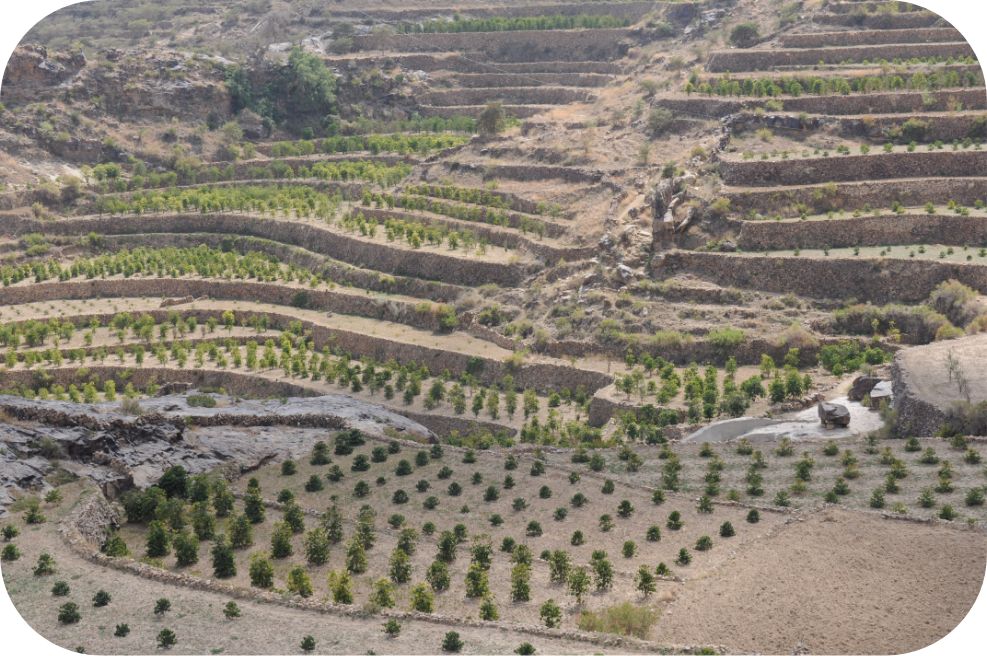
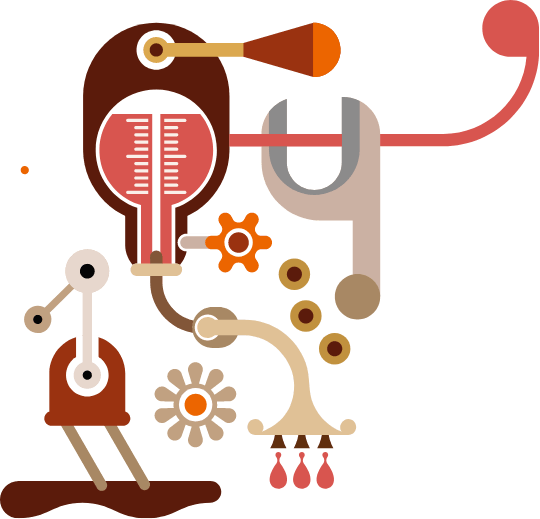

The STEM project has now taken an important role on the scene, although it is still in the experimental phase of research and development.
The team has the mission of revolutionising the coffee industry, using the technology of cellular agriculture. The STEM group - - made up of chemists, stem cell biologists, and entrepreneurs in the biotech and coffee sectors - has already acquired funding and is working to develop the production process, register patents and expand the project into new markets.
The STEM group is made up of chemists, stem cell biologists, and entrepreneurs in the biotech and special coffee sectors.
We had the pleasure of speaking to Henri Kunz, chairman and founder of STEM, and unravelling the details of the project with him.
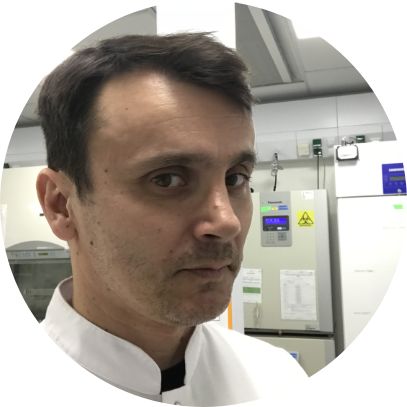
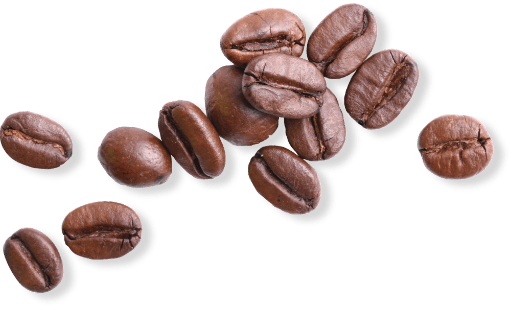
How did the STEM project come about, and what specific need does it address in the coffee industry?
"The STEM project came out of the realisation that the global coffee industry is being hit by a sustainability crisis. The goal is to develop patented cellular agriculture technology as an alternative to the common cultivation practices, in order to overcome the structural limits of traditional methods and meet growing demand."
Could you briefly explain how STEM's cellular agriculture technology works for coffee production?
“STEM produces coffee by using cell lines derived from coffee itself. We launched our project using two types of cells: coffee leaves and unripe coffee beans. We are currently also evaluating a third possibility: using the stem, which would be particularly appropriate for branding purposes, considering the name of the company, STEM. We are also examining the waste products from coffee processing, such as coffee cherries and used coffee grounds.
The cells are propagated in a liquid suspension using a plant growth method and then cultivated in a bioreactor through a fermentation process. From a theoretical perspective, the process is similar to the one used to reproduce animal cells and tissue.
The result? A green coffee powder that, just like the beans, is then dried and roasted. A positive aspect of this is that once it is roasted, the coffee powder has a very similar granulometry to the ideal grind for filter coffee, so no further grinding is necessary. The coffee has the same smell and flavour as traditional coffee, with a slightly lower caffeine content. We are planning to start with a cold, ready-to-drink coffee in a can. We are also exploring a nitro version, (made using a cold brewing process with nitrogen) with a trial launch on the Asian market.”
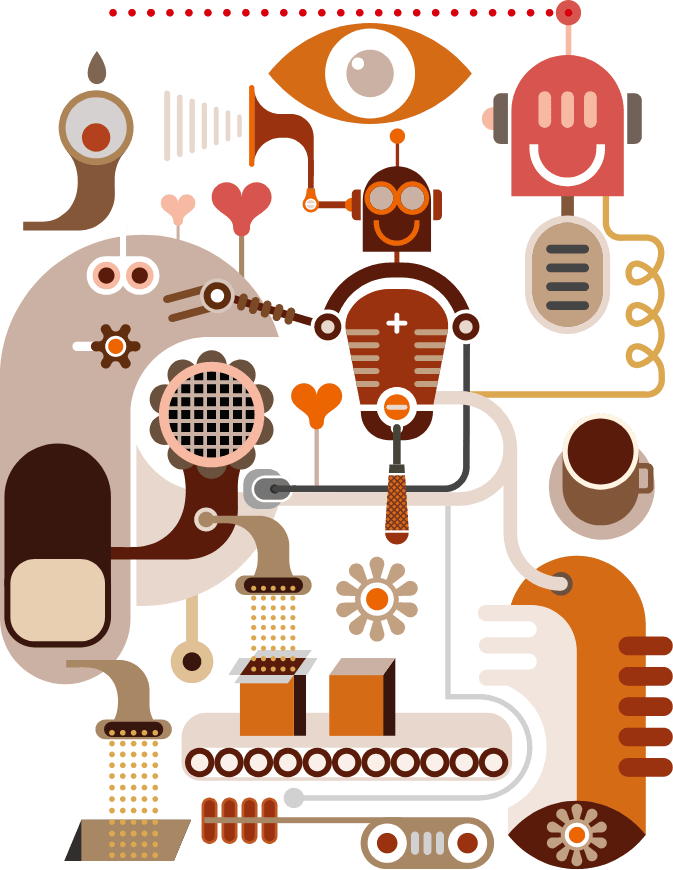
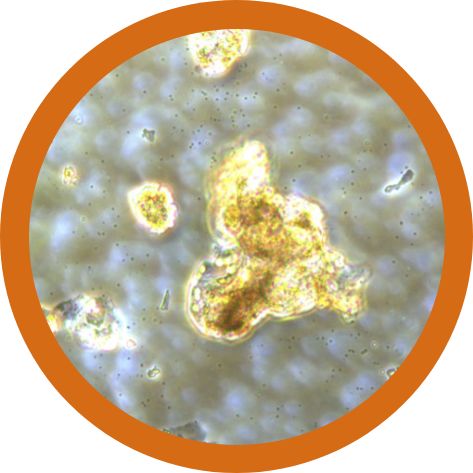
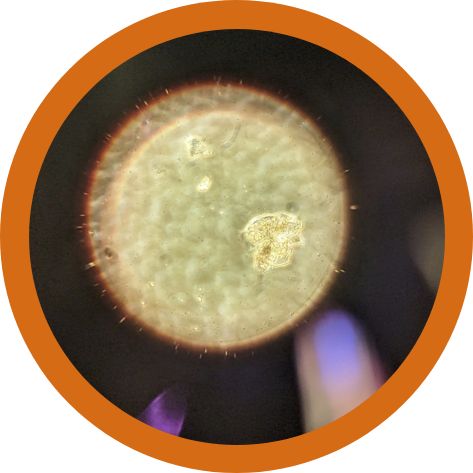
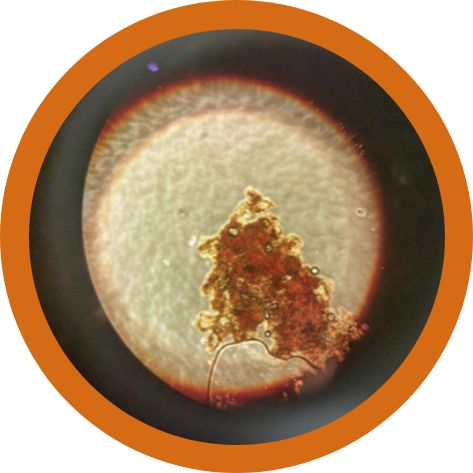
What are the strengths of your approach and how are local communities responding?
"By providing a solution through cellular agriculture, we are offering the freedom to grow coffee where it makes sense to do so, following methods that benefit local ecosystems and don't put stress on them. An efficient alternative production method will remove the need to optimise traditional production volumes, which is typically achieved through monocultures and intensive farming practices.
Our technology also significantly reduces energy consumption and input, helping to cut the greenhouse gas emissions associated with traditional production.
As part of our partnership programme for coffee growers, STEM plans to distribute royalties to reinvest in biodiversity: by creating cash flow in addition to their existing income, farmers and landowners will be rewarded for the conservation of species, genetic material and the ecosystems they are supported by. This way, STEM is committed to involving communities in our mission for sustainable coffee production and providing tangible benefits to the people involved in the coffee supply chain.
At the moment, the reactions vary: industry leaders tend to be excited about the project, while local producers have a more cautious attitude, worried about the potential impact of a change to their traditional farming practices."

What are your future goals?
"STEM was created to be highly scalable. After isolating the cells with potential as stem cells, we are proceeding with their cultivation, innovating our methods to guarantee faster proliferation: we have made extraordinary progress, reducing the protocol from around 40 days to less than 21. The team is working hard to perfect the production process and make it replicable in new markets. We aim to have a trial launch in 2024 in Singapore, a market that is small but has a significant impact, with a deep-rooted coffee culture, where the consumption of cold brew is very popular. We can consider cold brew as the father of nitro coffee: unlike espresso, the blend is extracted at a high temperature, using a gentle extraction process to bring out the bouquet of aromas. Later, we will turn to Japan, where we have a natural connection thanks to our first investor, one of the most important global companies in the cold drinks sector.
The main challenges we have faced so far have been related to legal and regulatory matters. We have also begun the patent registration process in France.
STEM's long-term goals are to emerge as a leader in the cellular coffee industry, so we can reduce greenhouse gas emissions from traditional production by more than half.
Our plans for international expansion are already underway, and we are offering the product in different formats, from ready-to-drink coffees to instant coffee and filter coffee."
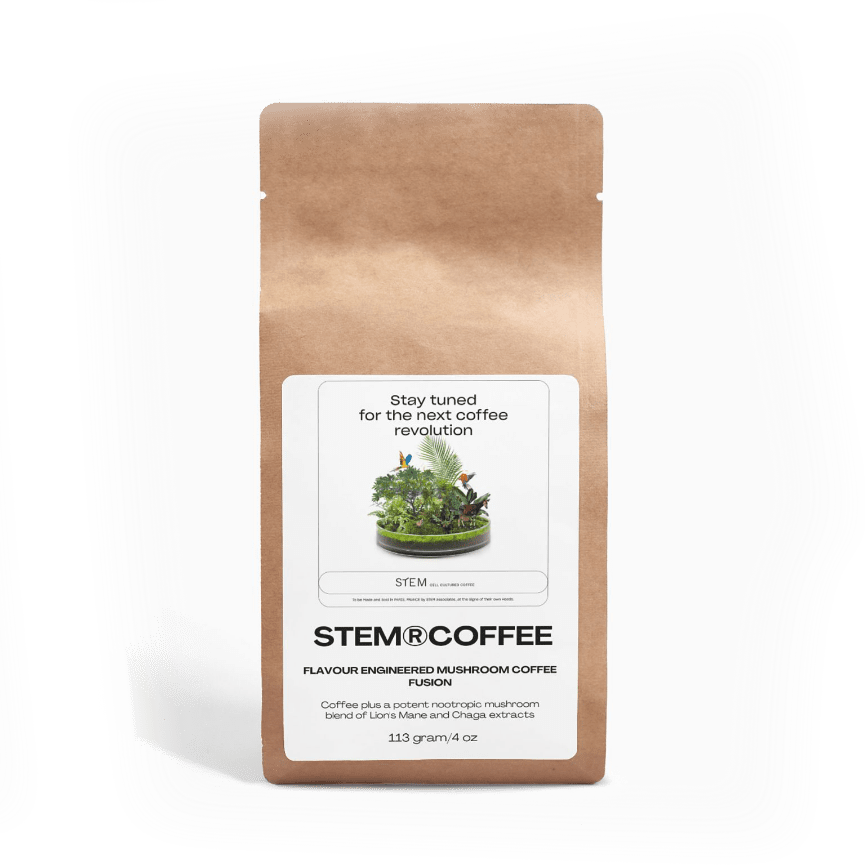
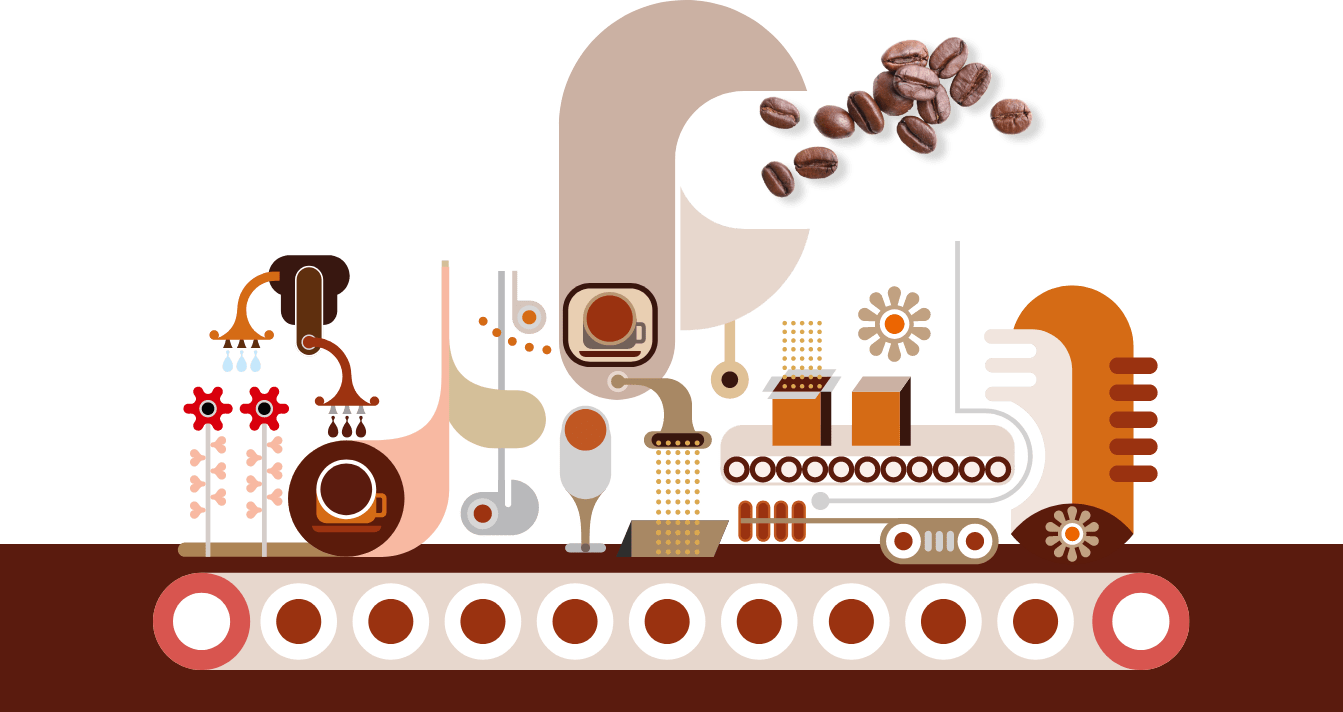
Images Credits:
© STEM
Diet plays a key role in emissions. The alternative protein and 3D food sector is on the rise, while Italy remains sceptical about cultivated meat.
Adua Villa explores the use of AI for wine-food pairings while reflecting on the benefits and ambiguities of this technology in the food and wine sector.
